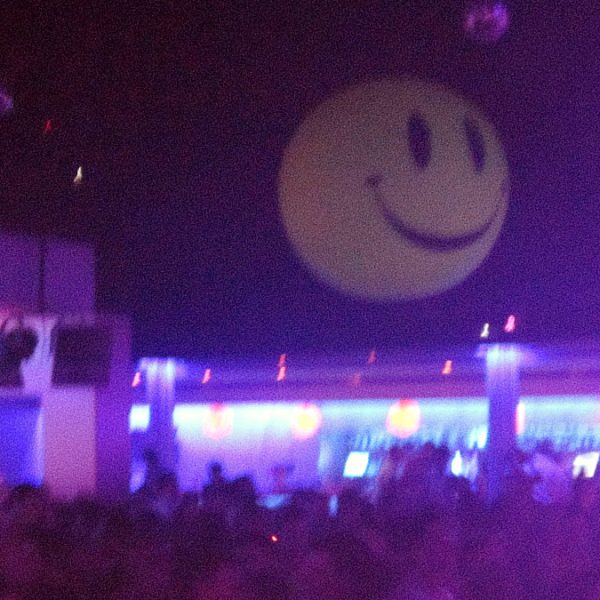The ongoing struggle for racial equality
The continuing domination of white men in the scene’s upper echelons also loomed large over the talk called How Did House Become So White? Towards a Fully Inclusive Electronic Music Scene. Sagid Carter, the talk’s host, brought together an international and intergenerational panel, who shared their experiences and perspectives with the large audience.
Each panellist reflected on moments of shock or realisation on their journey through music. The Chicago DJ Rahaan, who has been in and around house music since the beginning, said he “didn’t see a lot of white people” at the early house music parties. It was therefore surprising for him to discover, when he first travelled to Europe, that so many white people were even interested in this music, while almost all of the promoters he worked with were white. Speaking about her early days in the UK funky scene, Karen Nyame KG became accustomed to parties attended by a majority Black-male audience, but eventually found that when it came to events, “The more commercial it was, the whiter it got.”
With this in mind, the group was especially aware that for all the recent talk around racial equality, they had seen almost no changes on the lineups of big festival stages and the DJ Mag Top 100 list. There was a disparity, it seemed, between the broader dance music scene and the diverse grassroots parties that Bambii, the multi-genre Canadian DJ who completed the panel, and Karen were involved in. “I can see hundreds of Black people in my local party,” Bambii said, “but when I travel we’re relegated to small stages.”
The panel’s age differences seemed to reflect differences in perspectives. Sagid said she felt Black people were recently being drawn back to house music; for his part, Rahaan had seen no examples of this. Karen, meanwhile, spoke of an echo chamber effect where, from her point of view, amapiano could seem like a very big deal, while in Chicago the sound may not even have reached people.
Although dance music has its culturally specific challenges in addressing racial equality and systemic racism, at one point Bambii framed the situation through society at large: “Whatever happens in music is whatever is happening in the world.”
Further reading: Black UK artists reflect on race and history






